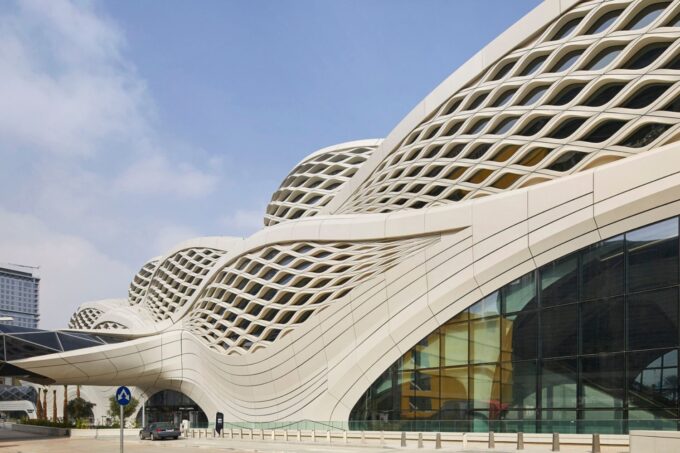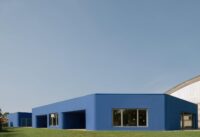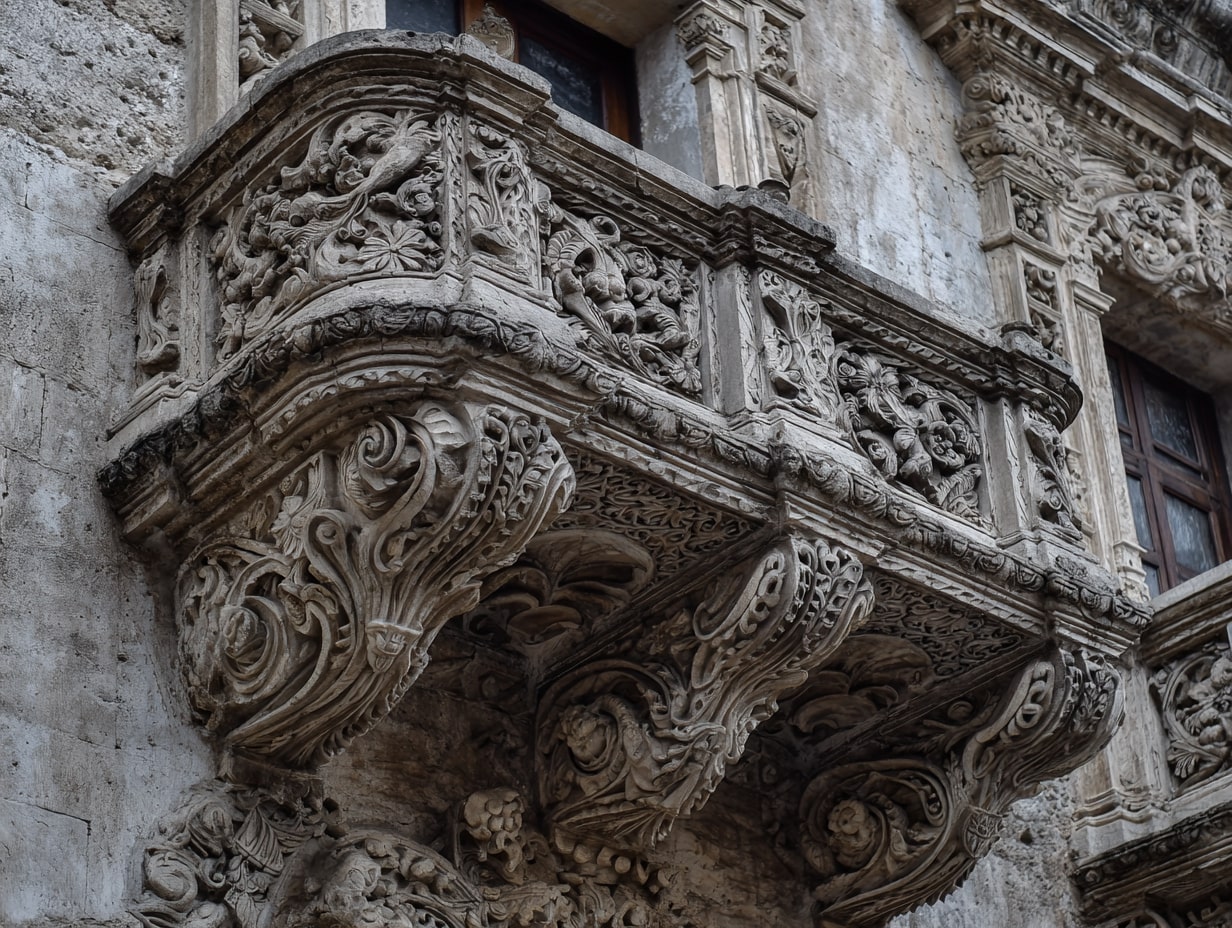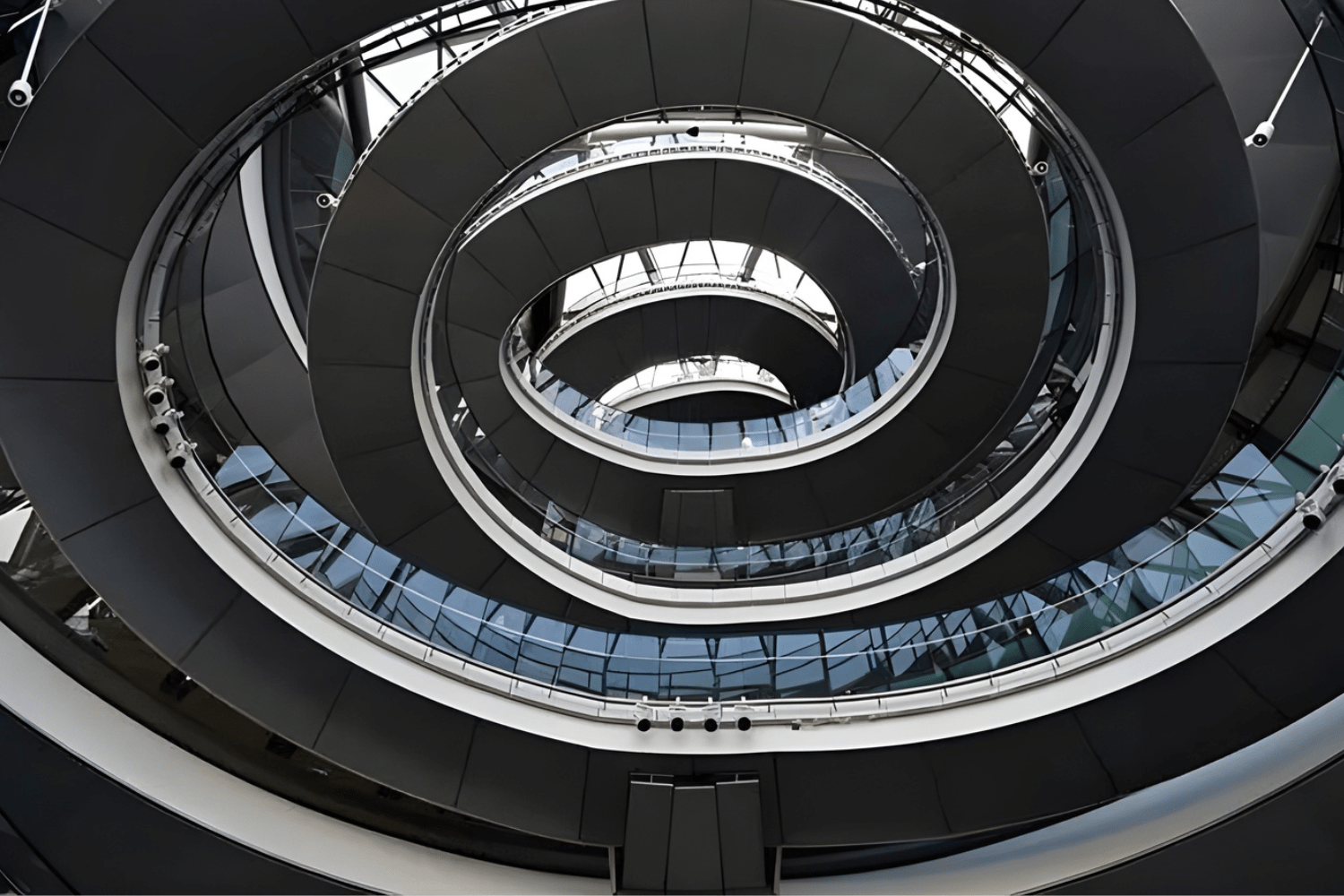- Home
- Articles
- Architectural Portfolio
- Architectral Presentation
- Inspirational Stories
- Architecture News
- Visualization
- BIM Industry
- Facade Design
- Parametric Design
- Career
- Landscape Architecture
- Construction
- Artificial Intelligence
- Sketching
- Design Softwares
- Diagrams
- Writing
- Architectural Tips
- Sustainability
- Courses
- Concept
- Technology
- History & Heritage
- Future of Architecture
- Guides & How-To
- Art & Culture
- Projects
- Interior Design
- Competitions
- Jobs
- Store
- Tools
- More
- Home
- Articles
- Architectural Portfolio
- Architectral Presentation
- Inspirational Stories
- Architecture News
- Visualization
- BIM Industry
- Facade Design
- Parametric Design
- Career
- Landscape Architecture
- Construction
- Artificial Intelligence
- Sketching
- Design Softwares
- Diagrams
- Writing
- Architectural Tips
- Sustainability
- Courses
- Concept
- Technology
- History & Heritage
- Future of Architecture
- Guides & How-To
- Art & Culture
- Projects
- Interior Design
- Competitions
- Jobs
- Store
- Tools
- More
What Role Does As-Built Documentation Play in Making Adaptive Reuse Truly Sustainable?

In today’s push toward climate-resilient cities and construction, repurposing existing structures has emerged as a powerful alternative to demolition. Known widely as adaptive reuse, this approach preserves architectural heritage but significantly reduces construction waste and embodied carbon. Sustainable renovation starts with understanding what already exists, and exactly where as-built documentation services make their greatest impact.
For such sustainable transformation to be successful, precision is non-negotiable. By delivering accurate, real-time data about a building’s current condition, structural systems, mechanical layouts, and material compositions, these services form the backbone of eco-conscious building renovation. Whether you’re converting an aging warehouse into a vibrant workspace or retrofitting a historic building to meet green certification standards, reliable as-built data ensures your design is rooted in reality, not guesswork.
The Evolution of As-Built Documentation from 2D Plans to Intelligent 3D Models
Existing condition documentation, in the traditional way, referred to hand-marked 2D drawings or static CAD files revised during or after construction. These records, often fragmented or incomplete, provided limited visibility into the true geometry or condition of a building. With the increasing complexity of renovation and adaptive reuse projects, this conventional approach has proven insufficient.
Currently, the AEC industry is embracing intelligent 3D models developed through 3D laser scanning and Scan-to-BIM workflows. These models deliver far more than visual context; they offer actionable data that enhances project outcomes.
What Makes Today’s As-Built Models “Intelligent”? 1. Spatial Accuracy at Millimeter Precision
– Captures the true geometry of every surface, void, and structure, critical for working within constrained, existing environments.
- Embedded Material and Element Data
– Includes metadata on building materials, finishes, and system components to support sustainability analysis and retrofitting decisions.

- System Coordination Intelligence
– Enables clash detection and spatial planning for MEP, structural, and architectural systems, reducing rework and change orders.
- Lifecycle-Ready Information
– Feeds directly into facility management systems and digital twins, supporting maintenance, asset tracking, and long-term optimization.
- Decision Support at Every Stage
– Helps stakeholders, from architects and engineers to contractors and facility managers, make data-driven decisions throughout the redevelopment process.
Sustainability Starts with Knowing What You Have
In adaptive reuse, sustainability isn’t achieved by default, it’s designed with intention. And that begins with understanding the precise condition of the existing structure. Accurate as-built documentation enables project teams to assess structural integrity, load paths, and material conditions without resorting to invasive or destructive surveying methods. Advanced tools like LiDAR scanning and photogrammetry provide high-resolution data, allowing engineers to virtually peel back layers of a building to analyze what can be preserved, reinforced, or reconfigured.
This deep, non-intrusive insight is what makes surgical retrofits possible, targeted interventions that retain the core structure while upgrading performance. Instead of gutting a building and starting over, teams can work with what’s already there, reducing construction waste, preserving embodied carbon, and minimizing disruption to the surrounding community. It’s the difference between thoughtful adaptation and costly overhauls, and it all begins with knowing exactly what you have before you design what comes next.
How As-Builts Prevent Waste and Overdesign
In adaptive reuse and sustainable renovation projects, success lies in designing with precision, not assumptions. This is where as-built documentation services bring tangible value. By accurately capturing the existing conditions of a building, from structural elements to MEP systems, these models help eliminate the guesswork that often leads to overdesign, unnecessary demolition, and material waste.
- Reducing Carbon Impact by Designing to What’s Already There When you work with reality-based 3D models, you’re not just streamlining workflows, you’re actively preserving embodied carbon. Reusing existing materials and structures lowers the demand for new resources and minimizes emissions generated during manufacturing and transport. This directly supports low-carbon retrofit goals and aligns with green building certification criteria like LEED or WELL.
- Avoiding Over-Specification and Material Duplication
Without accurate as-builts, teams often overcompensate, ordering more material than needed or designing redundantly to account for unknowns. That leads to inflated budgets and higher waste volumes. High-resolution Scan-to-BIM models ensure you’re building to the exact site conditions, not generic templates, improving both efficiency and environmental performance.
- Supporting Salvage and Smart Procurement Strategies
With a detailed inventory of existing components, like ceiling tiles, framing systems, ductwork, or finishes, project teams can identify what’s salvageable and plan upgrades more strategically. This level of documentation supports circular construction practices, giving second life to usable materials and reducing disposal costs.
Intelligent as-built models for facility management aren’t just for reference, they are active tools in the pursuit of sustainable architectural design, cost-effective reuse, and waste-free construction.
MEP Systems in Legacy Buildings , A Sustainability Minefield Without As-Builts
Working with MEP systems in existing buildings is a complex process. Especially in adaptive reuse of historic retrofits, integrating modern MEP systems into aging infrastructure can feel like navigating a minefield. Without MEP as-builts, you’re essentially working blind. And that’s where sustainability starts to slip through the cracks. Let’s take a look at how scan-to-BIM facilitates MEP coordination:
- Coordinating Old and New:
Legacy buildings weren’t designed with today’s systems in mind. When you overlay modern MEP systems without accurate 3D BIM models, clashes are inevitable. Capitalizing on Scan-to-BIM for MEP coordination helps detect these conflicts early on, allowing for clean integration that saves time and carbon emissions.
- Rerouting Without Guesswork
In adaptive reuse, there’s no luxury for trial-and-error. Ducts, conduits, and risers must be placed with surgical precision, especially when working with historical elements. With as-built modeling services, we eliminate guesswork and reroute with confidence, maintaining both building integrity and sustainability goals.

- Performance Modeling
You can’t achieve true energy efficiency using assumed layouts or generic load calculations. Modern as-builts feed directly into energy modeling software, allowing for performance simulations that reflect actual building geometry, orientation, and system capacity. It’s a data-driven way to deliver measurable, sustainable outcomes, not just theoretical ones.
Without as-built MEP documentation, retrofitting isn’t just inefficient; it’s environmentally costly. Sustainability demands precision, and that starts by knowing exactly what you’re working with before you touch a single wire.
Future-Proofing Through As-Built-Driven Design
As-built documentation isn’t just a project closeout deliverable, it’s a foundation for what comes next. By feeding into digital twin environments, as-built models enable long-term monitoring of building performance, from energy consumption and equipment wear to occupancy patterns and environmental impact. This data-driven infrastructure supports smarter, more sustainable operations.
But its value doesn’t end there. These models also create a continuous feedback loop between facility managers and design teams, allowing buildings to evolve in response to real-world use, not just design intent. Whether it’s planning a retrofit 10 years down the line or optimizing a current system’s performance, as-built-driven design future-proofs the asset, ensuring it stays functional, efficient, and relevant well beyond the renovation.
In an era where sustainability, adaptability, and precision define architectural success, as-builts aren’t just useful, they’re indispensable.
Submit your architectural projects
Follow these steps for submission your project. Submission FormLatest Posts
Are Organic Bamboo Sheets Worth the Investment?
When it comes to getting a good night’s sleep, the quality of...
Converting Garages to Living Spaces: Structural Changes That Require Professional Engineering
When considering a garage conversion to extend your home’s living space, understanding...
A Beginner’s Guide to Architectural Details
Architectural details explained for beginners: clear terms, key joints, proportions, climate-smart specs,...
5 Must-Visit Structures by Norman Foster
Explore five must-visit structures by Norman Foster, showcasing iconic works that combine...












Leave a comment